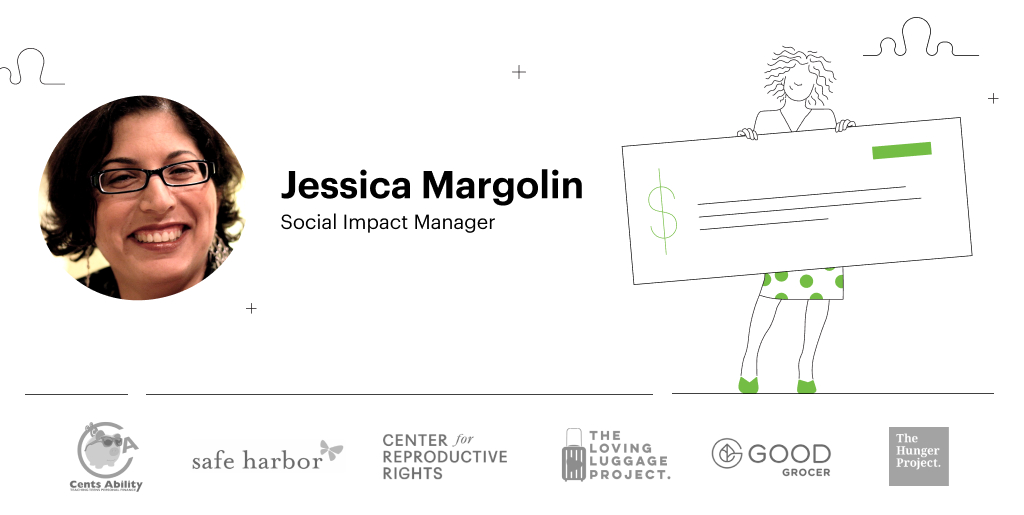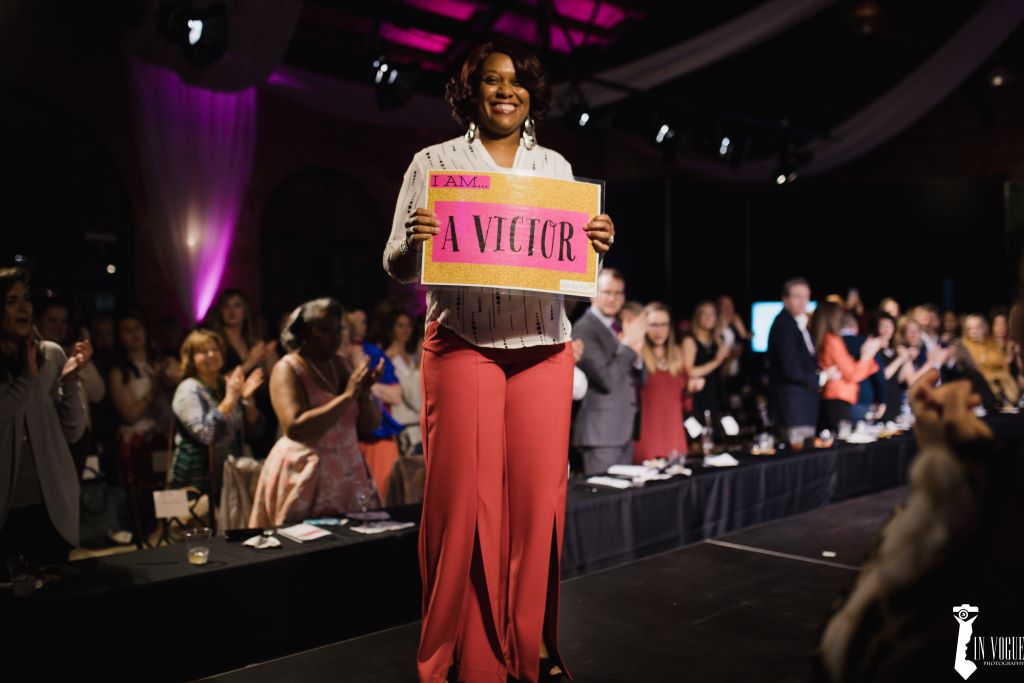
‘Tis the season of giving, so here at Articulate, we’d like to take another opportunity to celebrate the top six vote-getters in Cash for Change, our employee-led charitable giving program. As a reminder, this initiative allocates $100,000 annually to support organizations that advance civil rights, human rights, and environmental causes.
The following six organizations will split the $100,000 based on their rank in voting, their ability to absorb up to $25,000 (the maximum gift per organization), and the effect of the gift on the non-profit:
The Loving Luggage Project $8,000
Safe Harbor $25,000
Center for Reproductive Rights $15,000
The Hunger Project $15,000
Good Grocer $25,000
Cents Ability $12,000
Here’s how these organizations were chosen: Articulate employees nominated worthy charities, which the DIBs committee then vetted to ensure compliance with our requirements. Next, the slate of nominees went back to Articulators for voting. The six organizations chosen were the top vote-getters.
We recently sat down with project lead Jessica Margolin to talk about how Cash for Change came to be, what worked this time around, and where it’s headed in the future.
How did Cash for Change get started?
The 2020 murder of George Floyd by a Minneapolis police officer caused many people throughout the world, and of course at Articulate, to want to act. The Cash for Change program grew out of that grassroots upswell.
Can you talk briefly about why our executive team feels this is an important initiative?
They are resolute in championing the idea and implementation of human-centered for-profit organizations. One of the six tenets in our HCO Framework is, “We are focused on results and strive to make a positive impact in the world.”
How is what we do unique?
I would say that we were thought leaders in our conviction that an HCO creates better business outcomes. Our approach to building “intangible assets” such as trust, respect, health, and well-being supports both topline engagement and productivity. Any community leader can validate that it’s trust and respect that helps teams of people do exceptional things. That was intuitively clear to us in 2002, when we were willing to build out a company that was 100% remote.
What is the vetting process for selecting the organizations?
I’m so glad you asked this! Vetting sounds tedious, but it’s also very interesting!
In 2021, the first year of the program, our Director of Diversity, Inclusion and Belonging (DIB) Dawn Morgan—with help from DIBs leadership community—succeeded in initiating the program, fitting countless moving parts together.
This year, my aim has been to build on that success and professionalize the vetting as much as possible, given time constraints. The DIBs leadership and one of our Global Customer Insights Managers helped me tremendously by pulling together the Rise framework for voting. That allowed us to provide snapshots of each organization to Articulators—giving much-needed context to help voters choose what would be meaningful.
I should clarify that Articulators are the ones who decide what they consider a worthy charity. The DIBs committee simply makes sure that any nominated organizations comply with IRS regulations, have robust financial controls, and can absorb a sizeable donation. They also have the skills to determine what size of donation might be most effective and to pull together information to ensure people feel confident voting.
You mention on the Notion page that larger organizations tend to get the most attention, so what’s the best way for smaller organizations to get noticed and have a better chance of securing funds?
The best way for small organizations to get noticed is to be as transparent as possible. Anticipate what funders would want to see! What is your mission and scope? What are your ongoing programs, results, and expectations for the following year? How big are you? Where are you? Also, make it easy for funder to get in touch with a leader or development director in the organization.
When does next year’s cycle begin?
We’ll communicate the roadmap early in 2023, and help people prepare for upcoming opportunities to participate! As always, Articulators can also reach out to me directly or visit the Cash for Change Notion page.
How do you see this initiative evolving in the future? What’s next?
For 2023, we are committed to learning from these first experiments and improving the programming overall.
Of course, we want to be sure we’re meeting Articulator engagement needs throughout the culture and people teams! Beyond that, our goals are to make sure that our charitable and philanthropic efforts are supporting our marketing and branding goals. Then, we think it’s important to celebrate our success with the rest of the organization.
Also coming up, we will take into account how our culture efforts combine with other elements to meet our Corporate Social Responsibility initiatives so our employees, future Articulators, and our customers understand how we continue to make a valuable impact in our industry and in the world.


